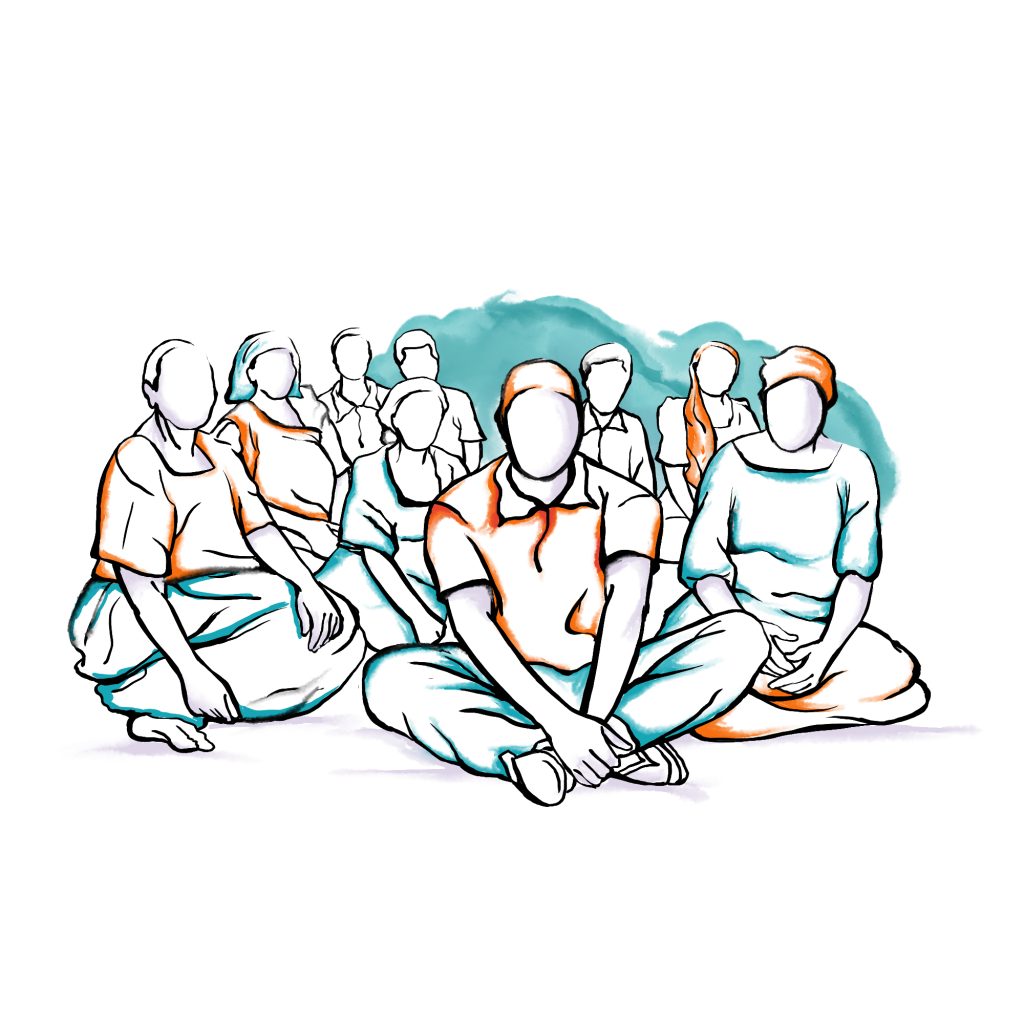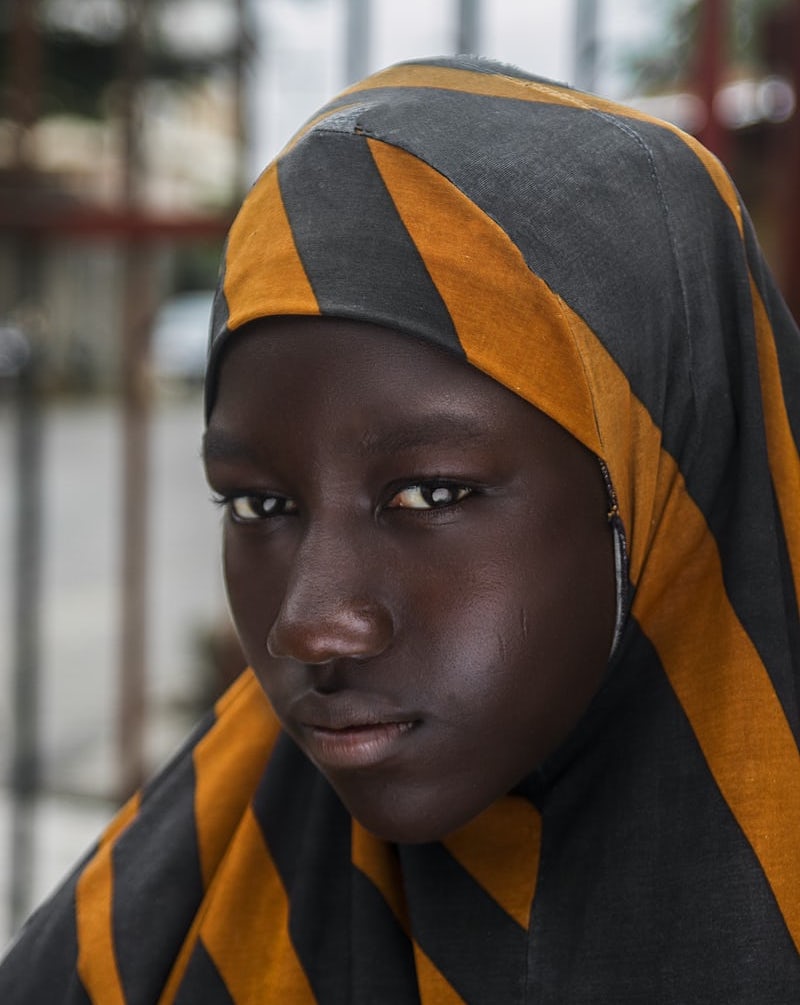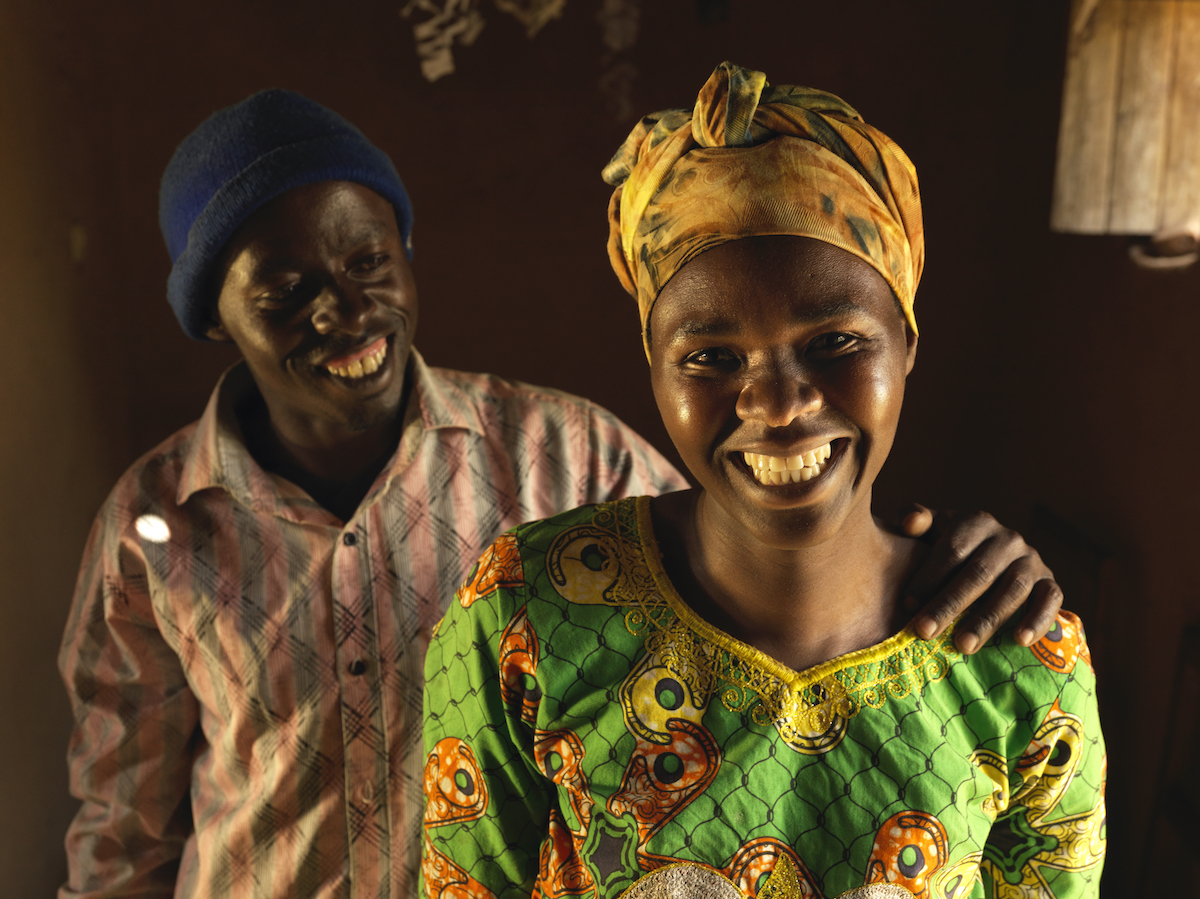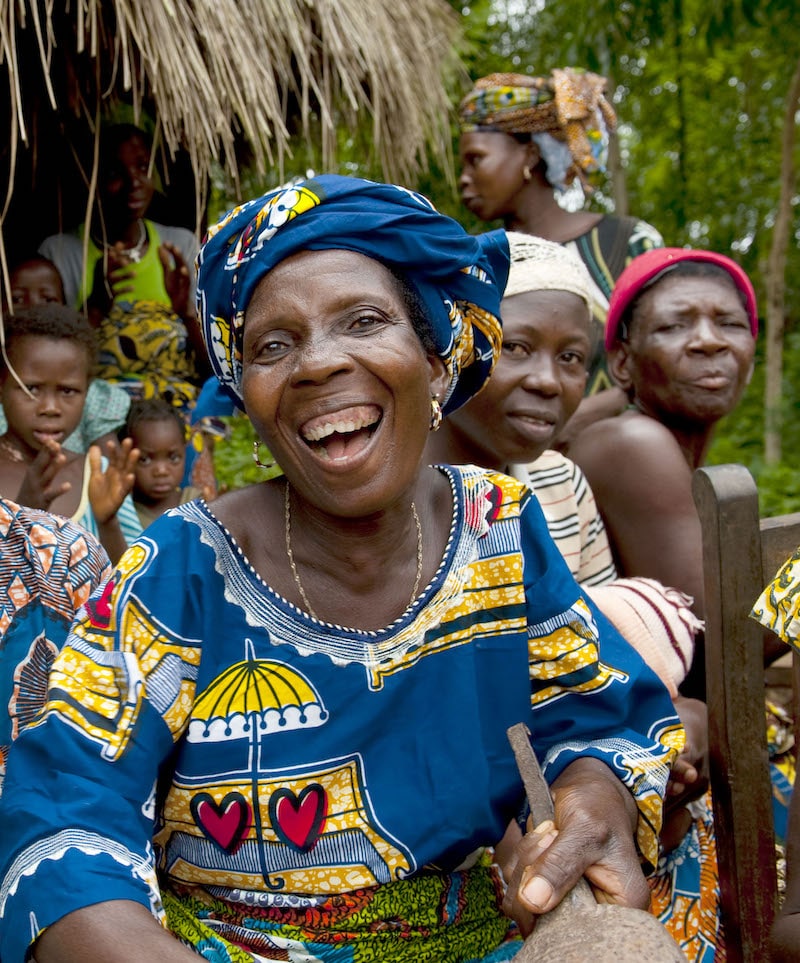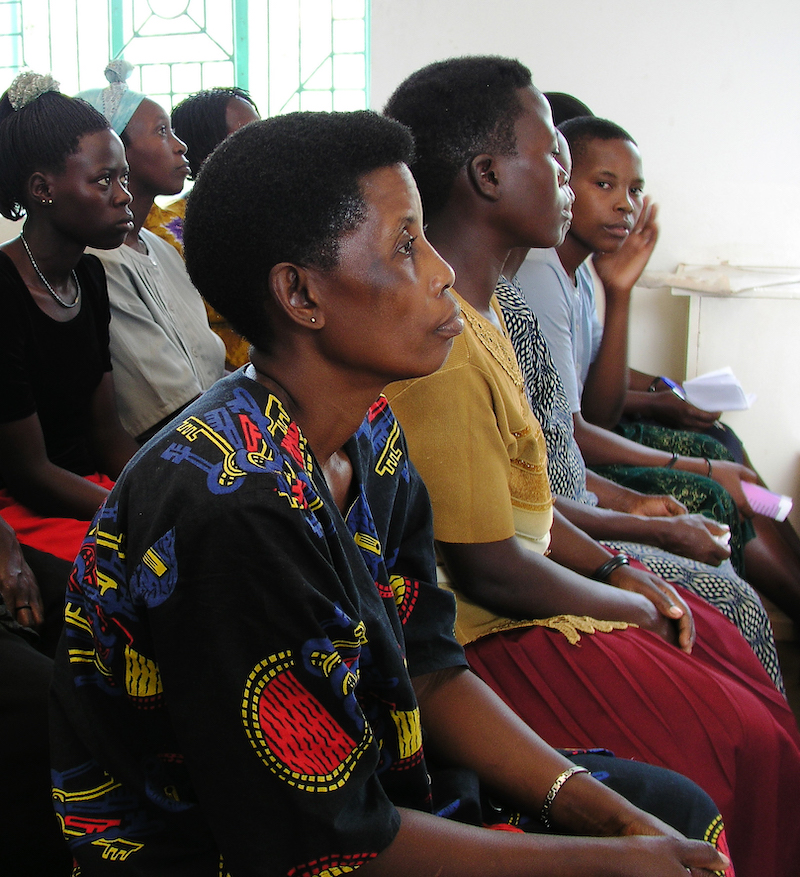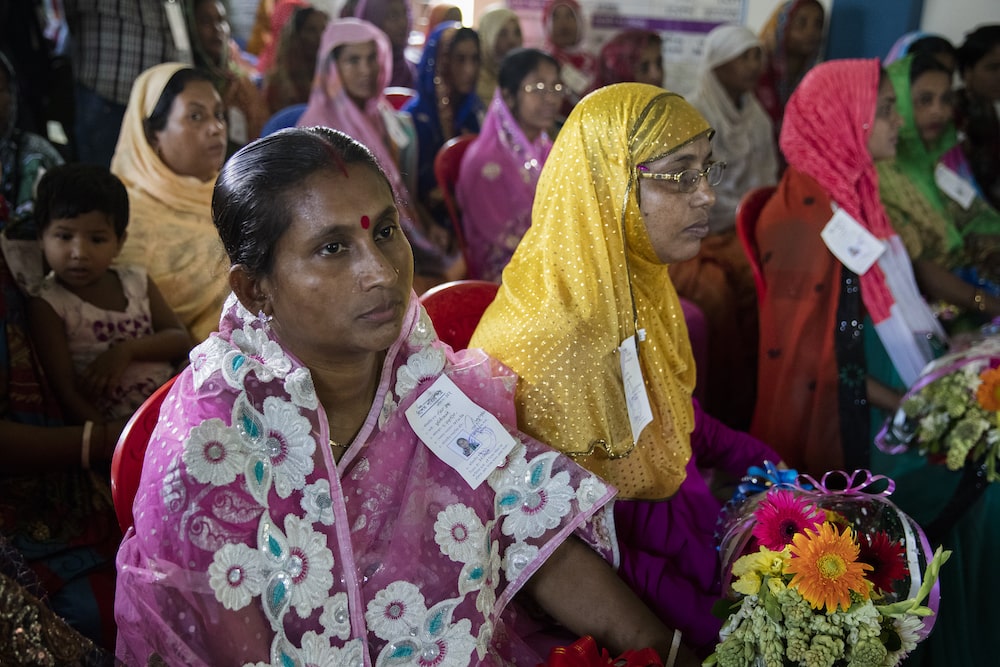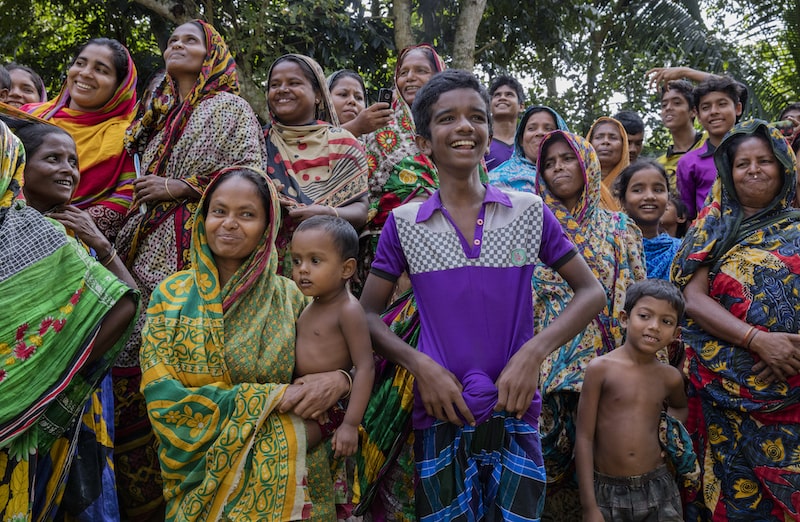
EMPLOYING COMMUNITY-BASED MOBILISATION PROGRAMMES TO ADDRESS VAWG
Community mobilisation programmes are often used to create enabling environments for work to prevent violence against women and girls (VAWG). Alongside activism, these programmes can help to transform harmful attitudes, beliefs, and norms that underlie this violence and gender inequality.
This page gives key resources and selected examples.
To achieve population-level impact, this approach
- Typically engages volunteer ‘community activists’ who are trained and supported in informal activities to engage the communities where they live and/or work
- Often involves working with service providers and with key religious, traditional, and opinion leaders
- May include efforts to hold government or institutions accountable to create pressure for change or to ensure responsiveness to relevant policies and laws
“SIMPLY DOING A LOT OF ACTIVITIES WITH A LOT OF PEOPLE…IS NOT COMMUNITY MOBILIZATION. THIS APPROACH REQUIRES CAREFULLY WORKING TO BUILD A ‘CRITICAL MASS’ OF COMMUNITY MEMBERS TO SUPPORT NON-VIOLENCE. IT ENCOURAGES COMMUNITY MEMBERS TO QUESTION THE STATUS QUO AND TO DISCUSS NEW IDEAS ABOUT HOW CHANGE HAPPENS ALL AROUND US, ALL THE TIME—IN OUR STREETS, HOMES, COMMUNITY GATHERINGS, PLACES OF WORSHIP, WORKPLACES AND INSTITUTIONS.”
Rigorous trials from low- and middle-income countries show that community mobilisation can be effective in reducing VAWG, shifting underlying social norms and empowering women within programmatic time frames. However, other community mobilisation interventions have had no impact on VAWG.
This suggests that impacts on safety and well-being depend on implementation quality and context. Several studies have noted that the programmes showing no impact failed to achieve the length or intensity of exposure normally required to shift norms and behaviours.
Key factors include:
- Safe spaces for critical dialogue
- Sufficient time and intensity for interacting
- Contextually appropriate activities
- Engagement of multiple stakeholders
- Careful selection of community activists, followed by intensive skills training and ongoing mentoring
NOTE: Mobilising communities is a key strategy under both the United Nations framework to reduce violence against women (RESPECT) and the United Nations strategy to reduce violence against children (INSPIRE).
- The RESPECT framework includes it in the ‘Transformed attitudes, beliefs, and norms’
- The INSPIRE framework includes it under its ‘Norms and values’ strategy.
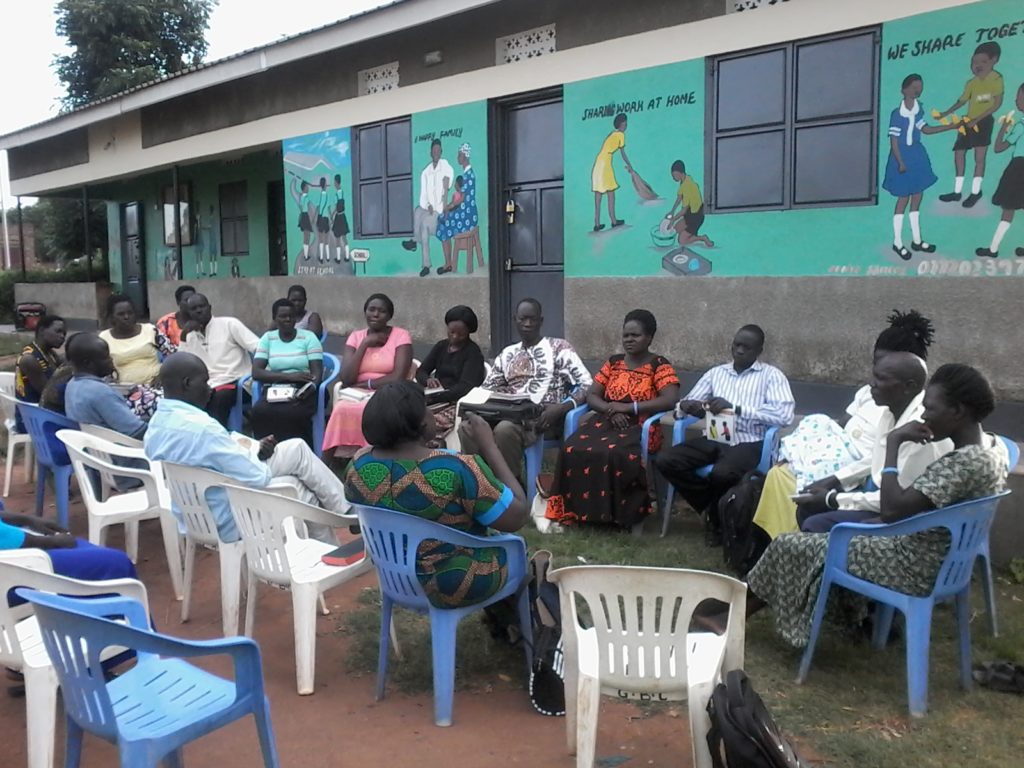
Community Activism Toolkit to Prevent Violence Against Children
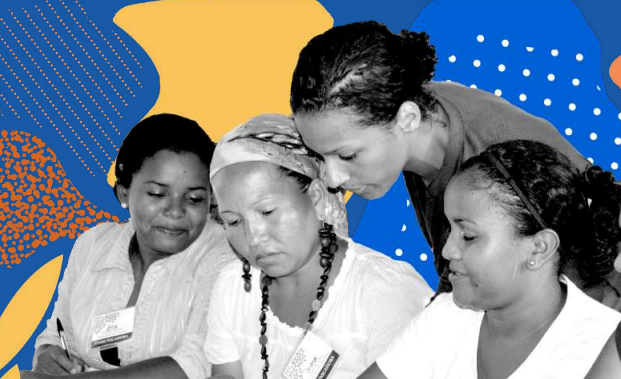
Community Mobilisation to Prevent VAWG: Lessons from the UN Trust Fund
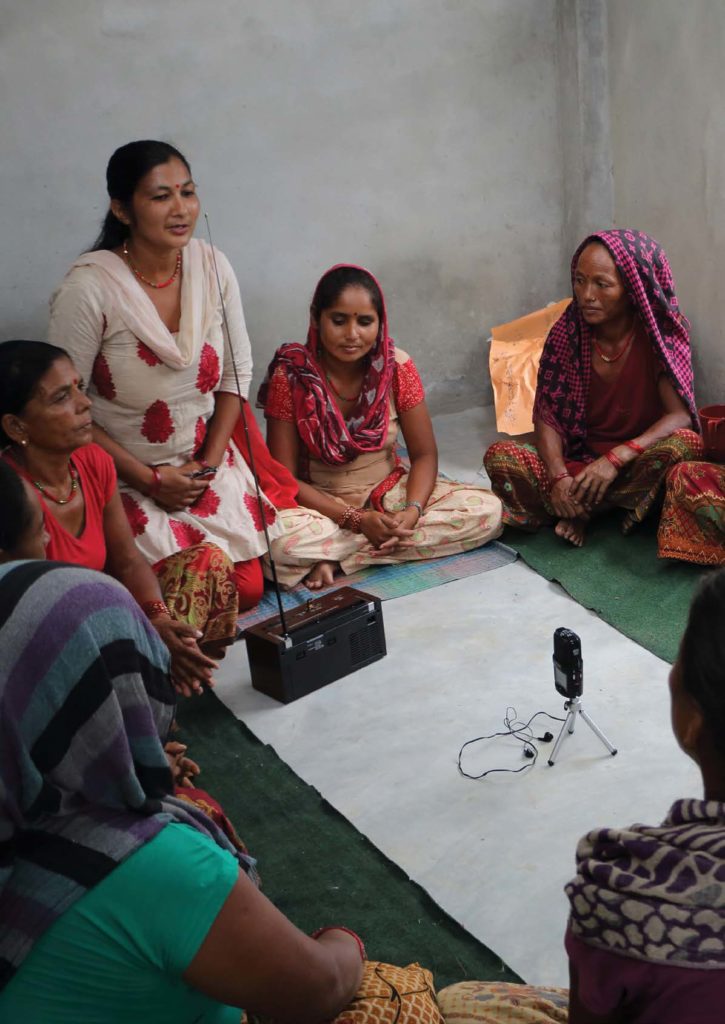
Community Activism Approaches to Shift Harmful Gender Attitudes and Norms
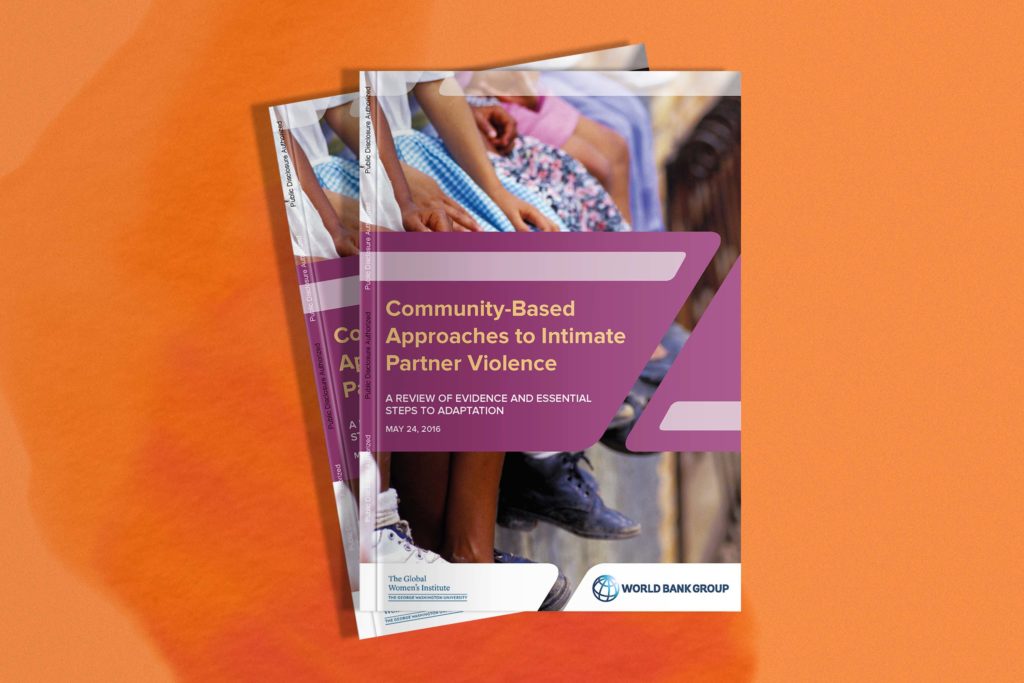
Community-Based Approaches to IPV: Evidence and Steps for Adaptation
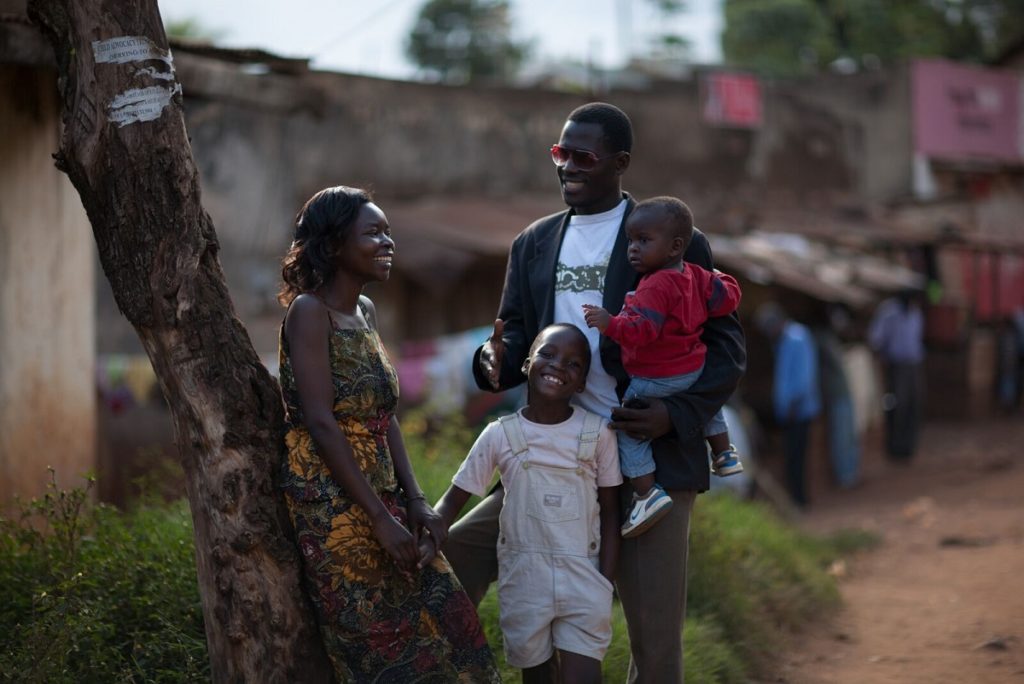
Mobilising Communities to Prevent Domestic Violence: A Resource Guide
